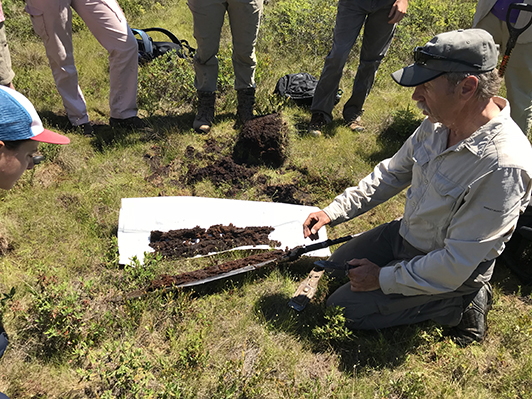
Failure to fully assess and plan for soils (avoiding compaction, identifying the need for soil amendments, detecting deep impervious or pervious layers) can also lead to poor outcomes. While desktop screening for hydric soils, or soils with hydric inclusions, is a necessary first step, typically actual sampling including test pits should be conducted to better assess site suitability for wetland restoration and identify potential risks. Excessive excavation and grading activities can significantly disrupt soil profiles. Soil type, treatment, and condition can be a big determinant of success or failure. This can render the top soil layer deficient in organic matter and nutrients that are essential to establishing a healthy plant community. Large scale disturbance to the soil also facilitates the establishment of invasive species and can result in a monoculture of undesirable vegetation.
In some locations, soils also need to be evaluated for the presence of toxics and/or pesticides and risks need to be carefully evaluated. For example, the restoration of pre-existing marshland around Lake Apopka in Florida in the late nineties resulted in a massive bird die-off. When the land was purchased, it was known that it included an unknown quantity of old pesticides that might pose a risk to wildlife. Twenty thousand tons of contaminated soils were removed. However, the environmental risk assessment indicated that some pesticides still remained, including DDT and its metabolites, which were of concern to piscivorous birds. The old farm fields in the North Shore were flooded anyway and the subsequent arrival of birds was seen as a “success.” More than 1,000 birds perished, not including the subsequent deaths after migration and due to reproductive damages. The birds were poisoned when they ate fish on former farmlands north of Lake Apopka that had been flooded with lake water. (Industrial Economics, 2004).
Access the NAWM Hydric Soils Online Training Series
